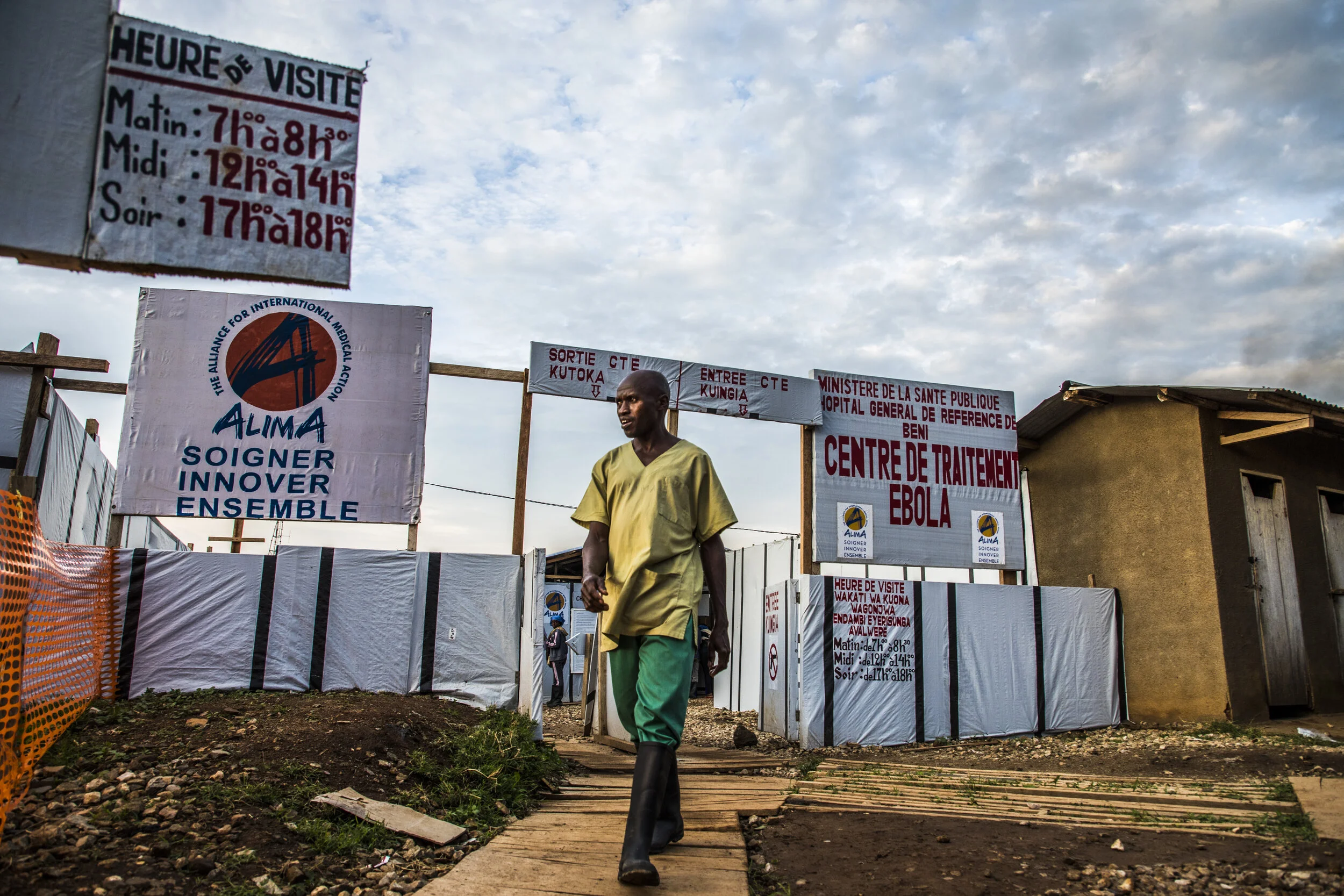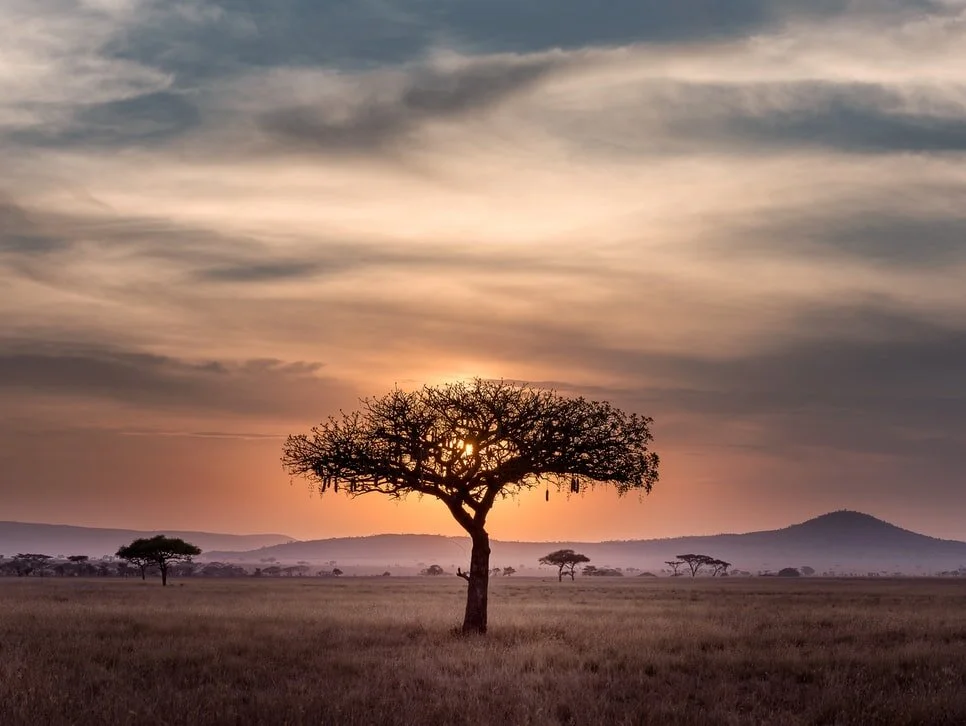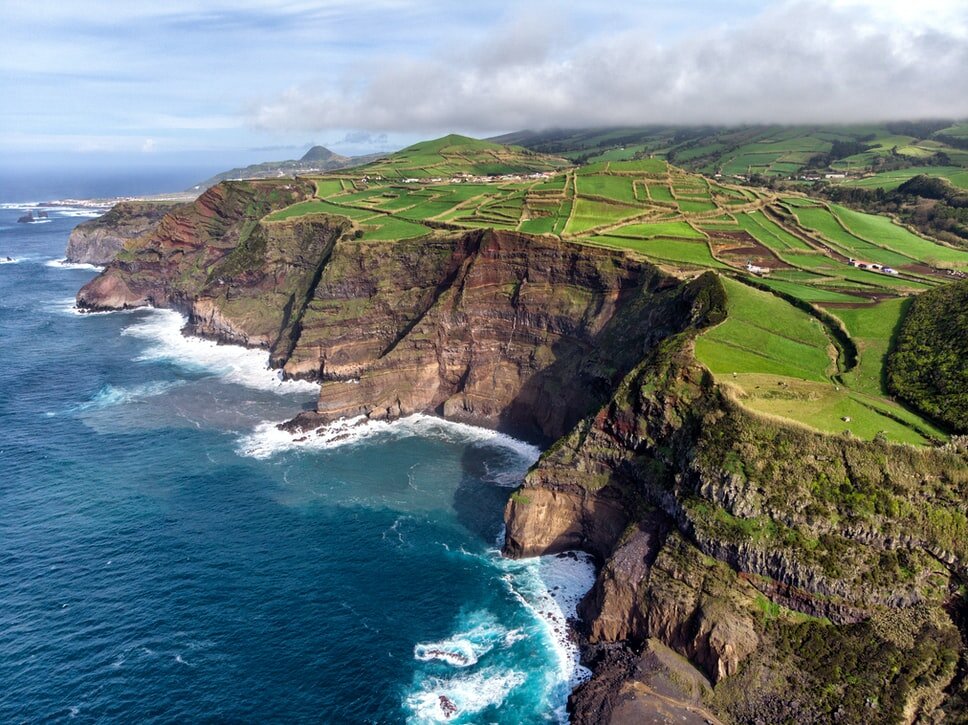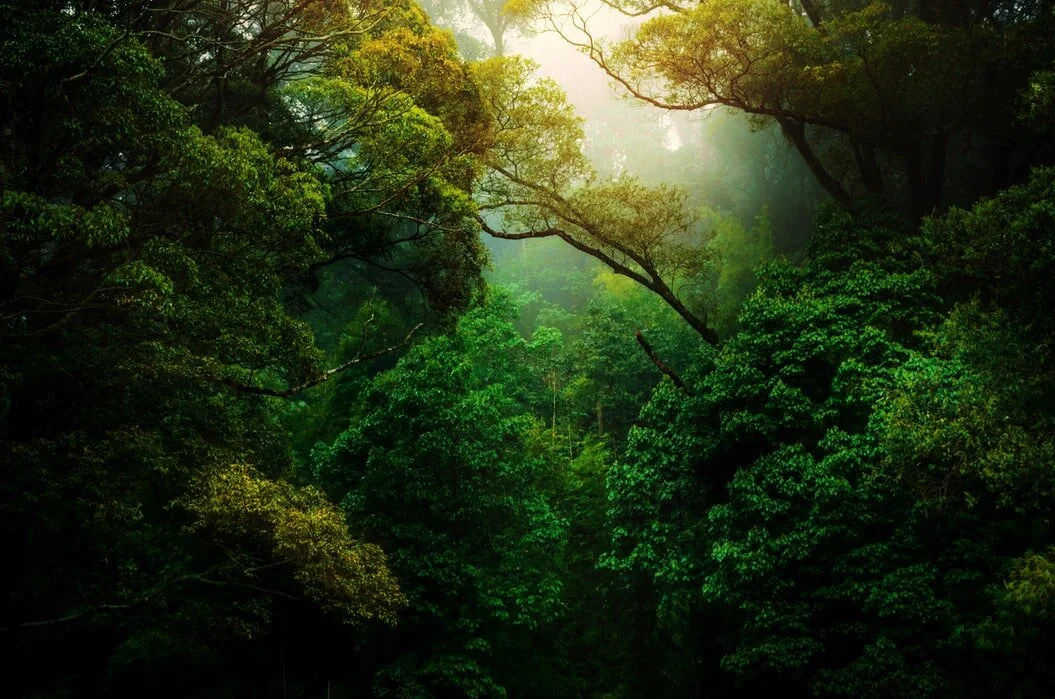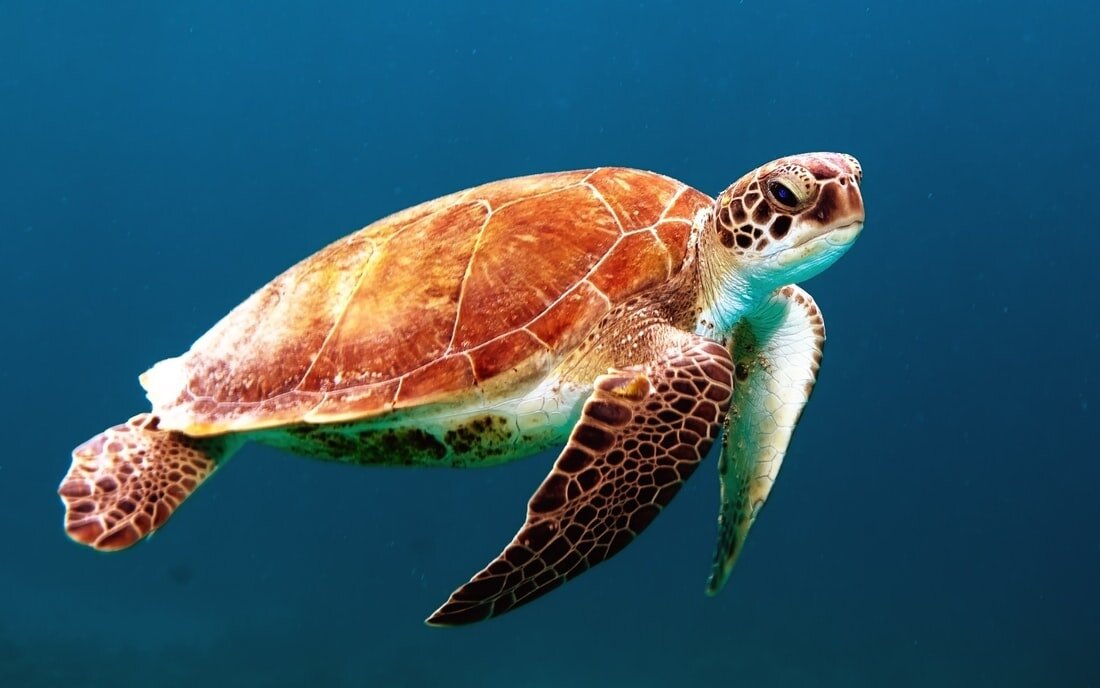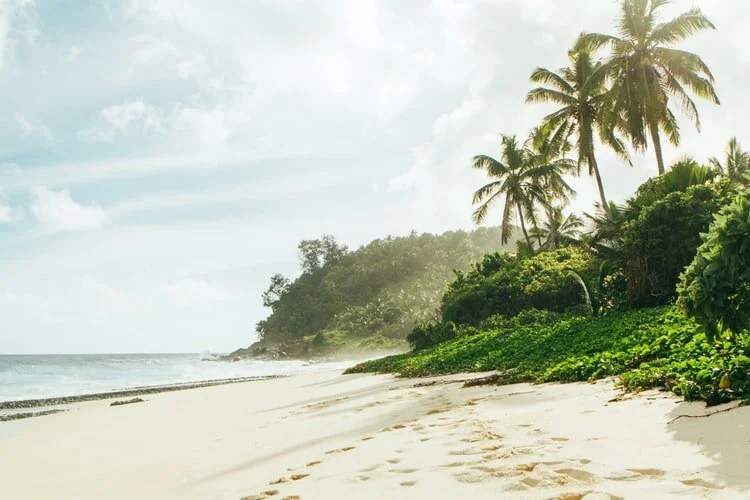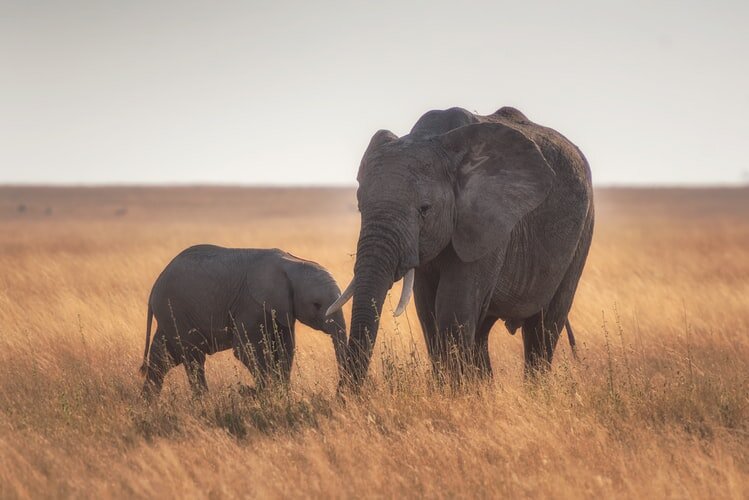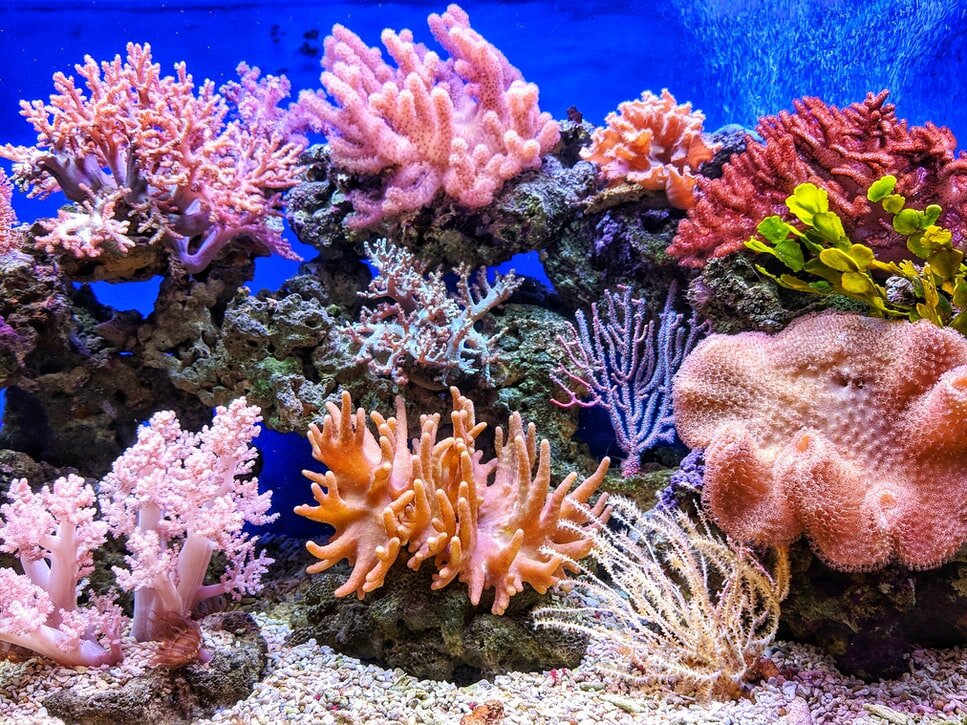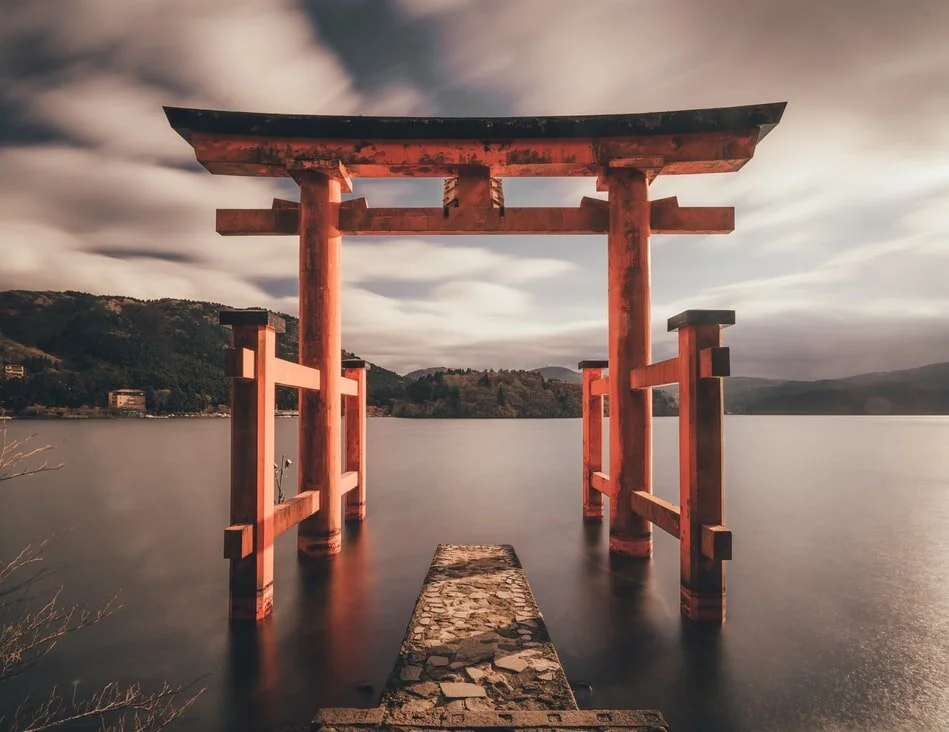Raised Black fist. Oladimeji Odunsi. Unsplash
Olympic athletes are urging the International Olympic Committee (IOC) to remove a rule that seems out of place to some as protests sweep every corner of the world. Currently, the Olympic Charter stipulates in Rule 50 that, “No kind of demonstration or political, religious or racial propaganda is permitted in any Olympic sites, venues or other areas.” Various institutions have reckoned with similar issues in recent months, and the IOC and the U.S. Olympic and Paralympic Committee are the latest to be criticized for their rules forbidding displays of political protest.
Various athletic organizations, athletes and some sports administrators have spearheaded the movement and joined in solidarity with the push to create meaningful change for the rights of athletes. Global Athlete, an athlete-led group, said in a statement, “Athletes have had to choose between competing in silence and standing up for what’s right for far too long. It is time for change. Every athlete must be empowered to use their platforms, gestures and voice. Silencing the athlete voice has led to oppression, silence has led to abuse, and silence has led to discrimination in sport.”
This statement reflects the historic moments of protests at Olympic events, including when at the 1968 Olympics in Mexico City, John Carlos and Tommie Smith raised their fists on the medal stand. They were immediately sent home. Furthermore, this year the IOC doubled down on its rules against political protest after track athlete Gwen Berry raised her fist on the medal stand and fencer Race Imboden took a knee at the 2019 Pan American Games. It is only this month, after mounting pressure, that “IOC President Thomas Bach said the athlete group would “explore different ways” opinions could be expressed during the games — while still “respecting the Olympic spirit.”
A new athlete-led group was established on July 16 by Olympian Christian Taylor called Athletics Association “to stand up for athletes who have long felt underrepresented at the sport’s top table.” According to Taylor, the Athletics Association’s short-term goal is to see Rule 50 gone, but it also has many long-term goals for the welfare of athletes facing many Olympic committees that have not done their part. These goals, according to The Independent, include starting a “hardship fund” for athletes struggling to make ends meet, education programs on financial literacy “to help athletes not leave the sport broke,” reversing World Athletics’ controversial plans to strip down the Diamond League and ultimately driving a power shift from governing bodies to athletes.
To follow suit, Brian Lewis of the Caribbean Association of National Olympic Committees agreed with the notion that “arguing the oft-cited IOC notion that sports should be free of politics is not realistic.” As Gwen Berry put it, many Olympians believe that, “Rule 50 needs to be canceled for the simple reason that it goes against athletes’ human rights. There are rights inherent to all human beings and one is the freedom of speech.”
Hanna Ditinsky
is a sophomore at the University of Massachusetts Amherst and is majoring in English and minoring in Economics. She was born and raised in New York City and is passionate about human rights and the future of progressivism.



